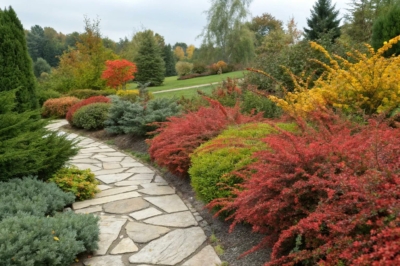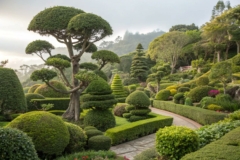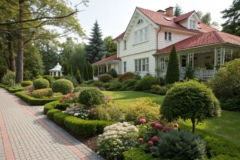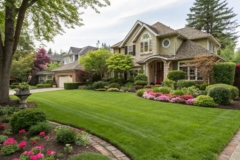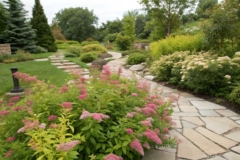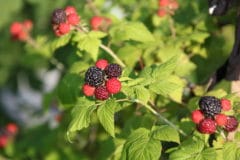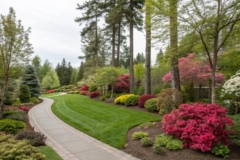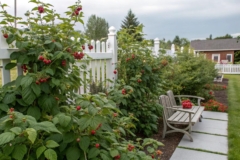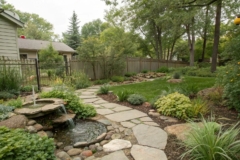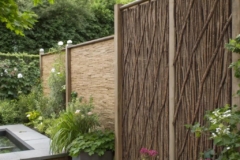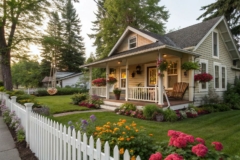1. Use as a Hedge
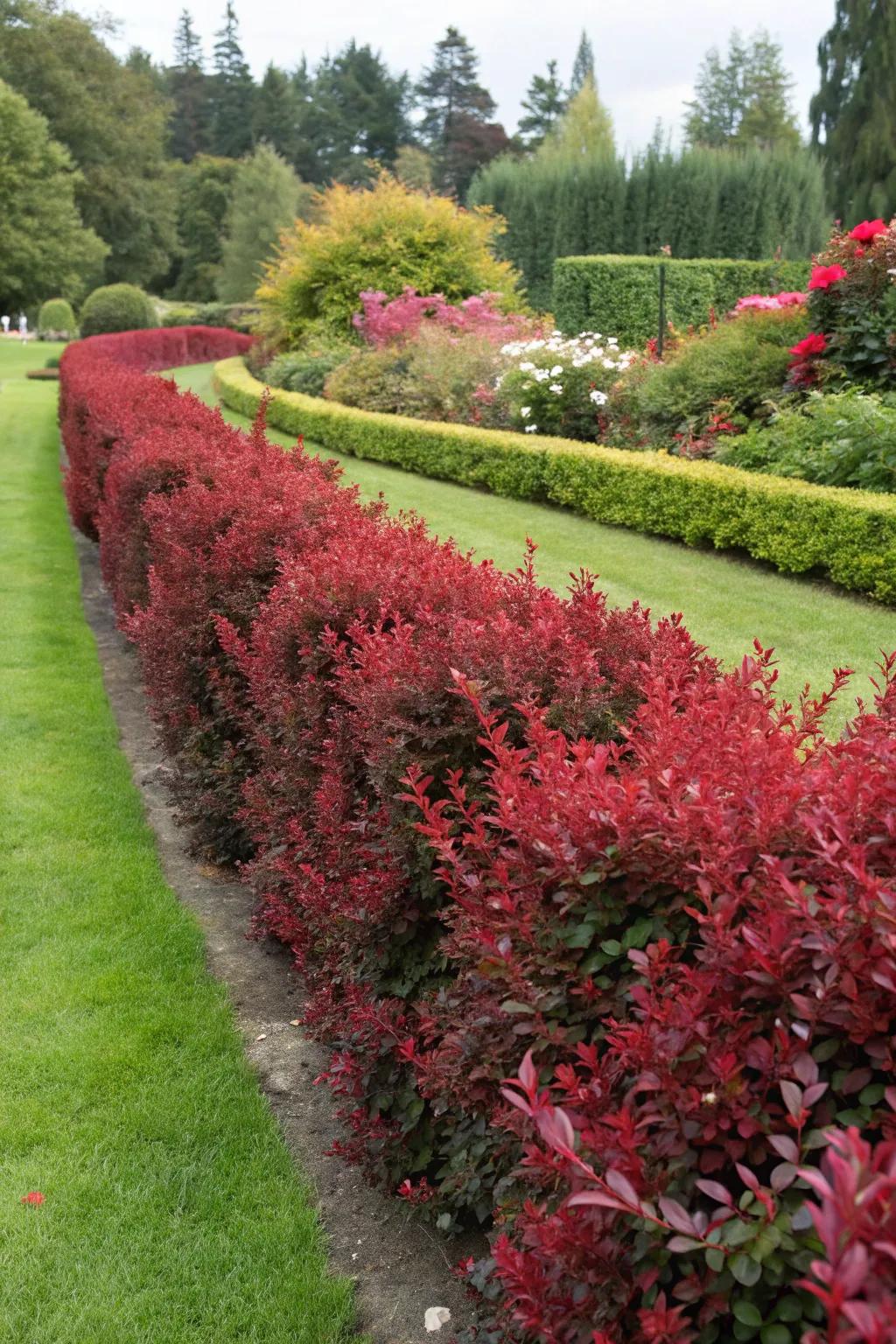
Create a barberry hedge to define garden boundaries and add a pop of color. My garden’s perimeter feels both secure and stylish with this vibrant barrier.
Some ideas to consider:
- Barberry Bush Seeds: Cultivate a robust barberry hedge from scratch with these reliable seeds for vibrant growth.
- Garden Pruning Shears: Maintain your barberry hedge effortlessly using these sharp and durable pruning shears.
- Mulch for Shrubs: Enhance soil moisture and suppress weeds around your barberry hedge with quality mulch.
2. Seasonal Interest
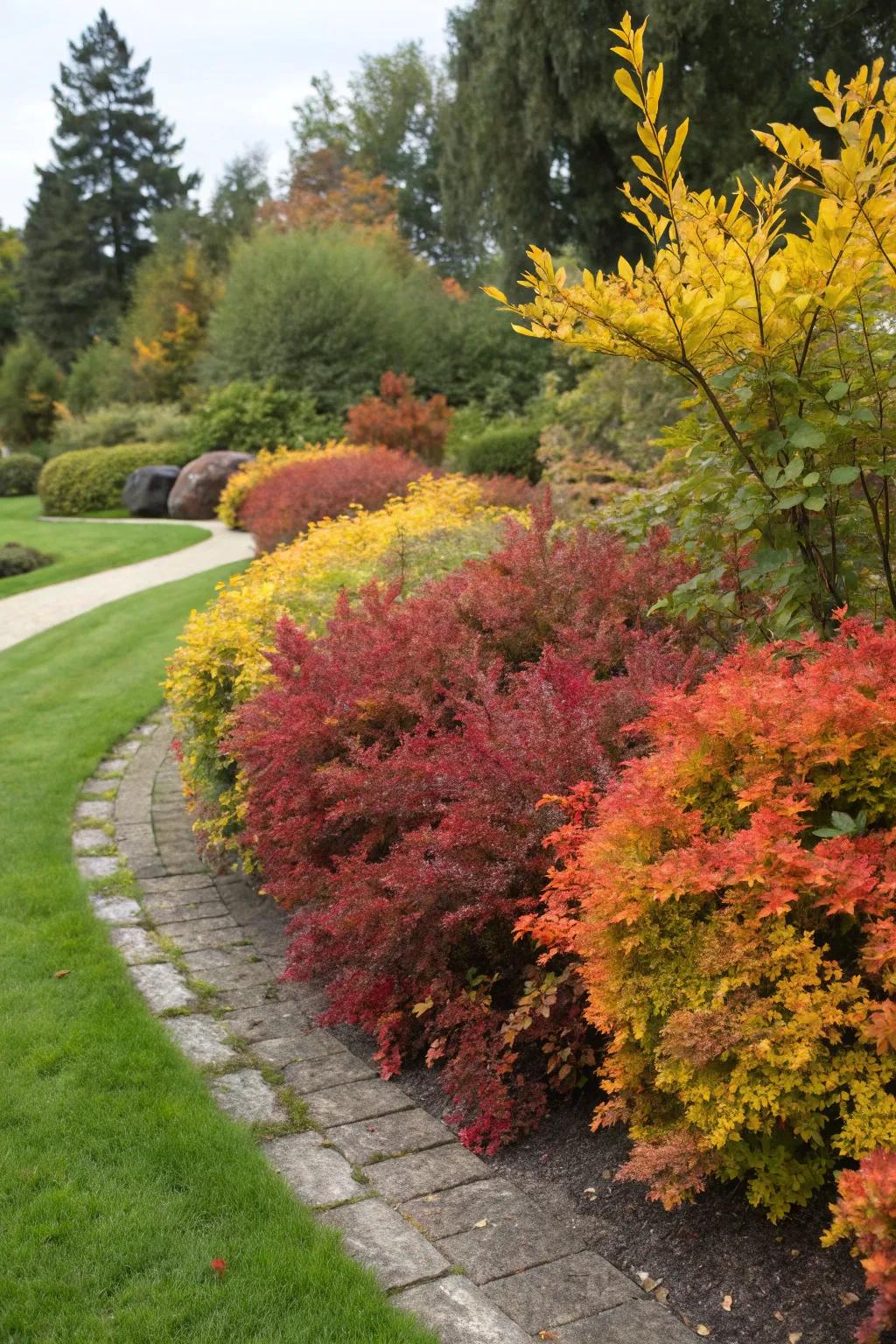
Enjoy year-round beauty with barberry’s changing foliage colors. My garden stays vibrant even in the off-season thanks to this dynamic shrub.
Might be a good match:
- All-Season Garden Fertilizer: Enhance your barberry’s vibrant colors with all-season garden fertilizer. Boost growth naturally year-round.
- Decorative Mulch for Flower Beds: Keep your barberry bushes healthy with decorative mulch. Retain moisture and improve soil quality.
- Garden Pruning Shears: Maintain your barberry’s shape and health with premium pruning shears. Simplify your gardening tasks.
3. Container Gardens
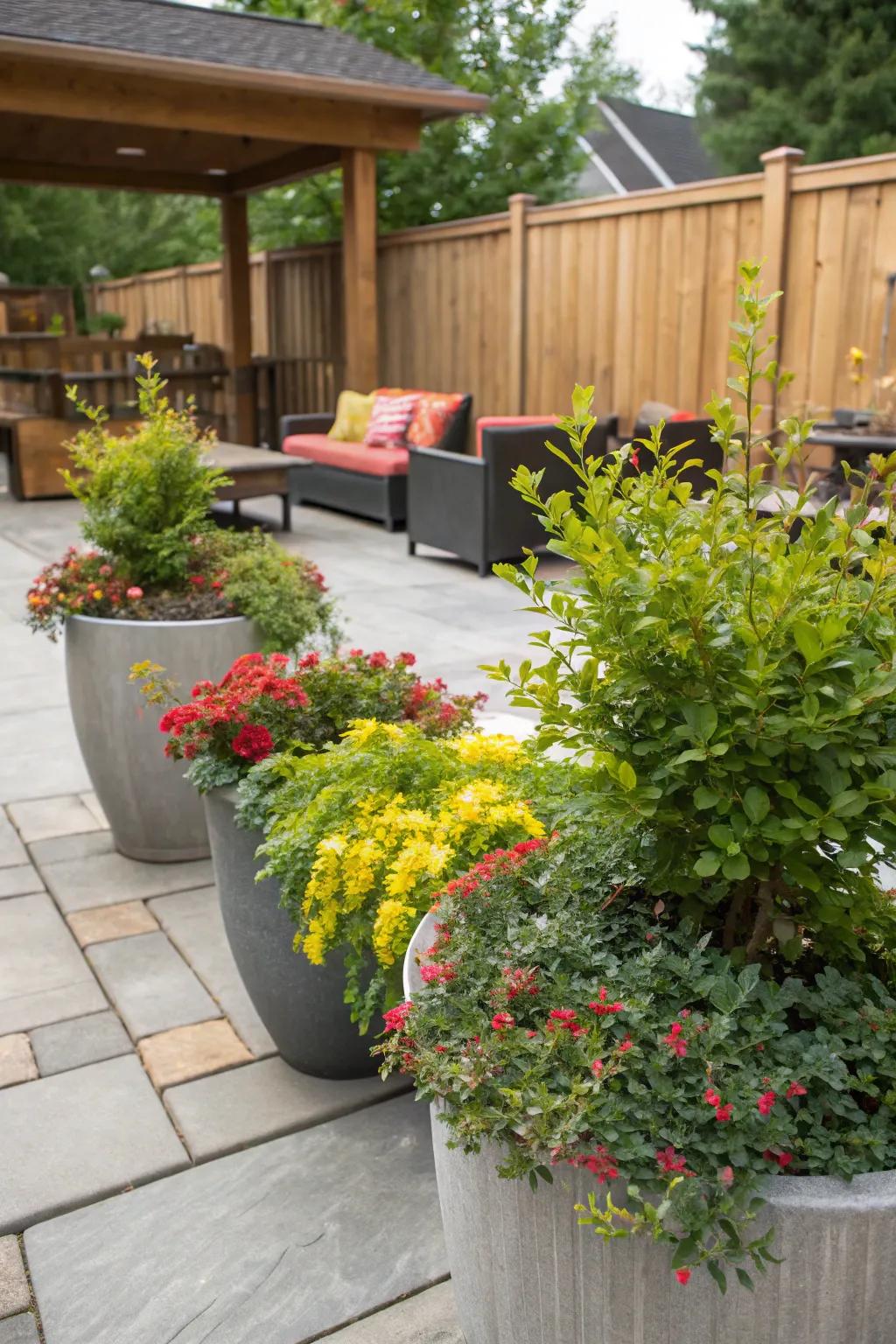
Plant barberry in containers for versatile garden accents that can be moved around. I love using this approach to refresh my patio or porch with seasonal color.
Useful items to consider:
- Large Outdoor Planter: Enhance your patio with durable planters perfect for barberry and seasonal blooms.
- Potting Soil for Ornamental Plants: Ensure healthy growth with premium potting soil ideal for barberry and other container plants.
- Garden Fertilizer for Shrubs: Boost your barberry’s vitality with easy-to-use fertilizer specially formulated for shrubs.
4. Create a Focal Point
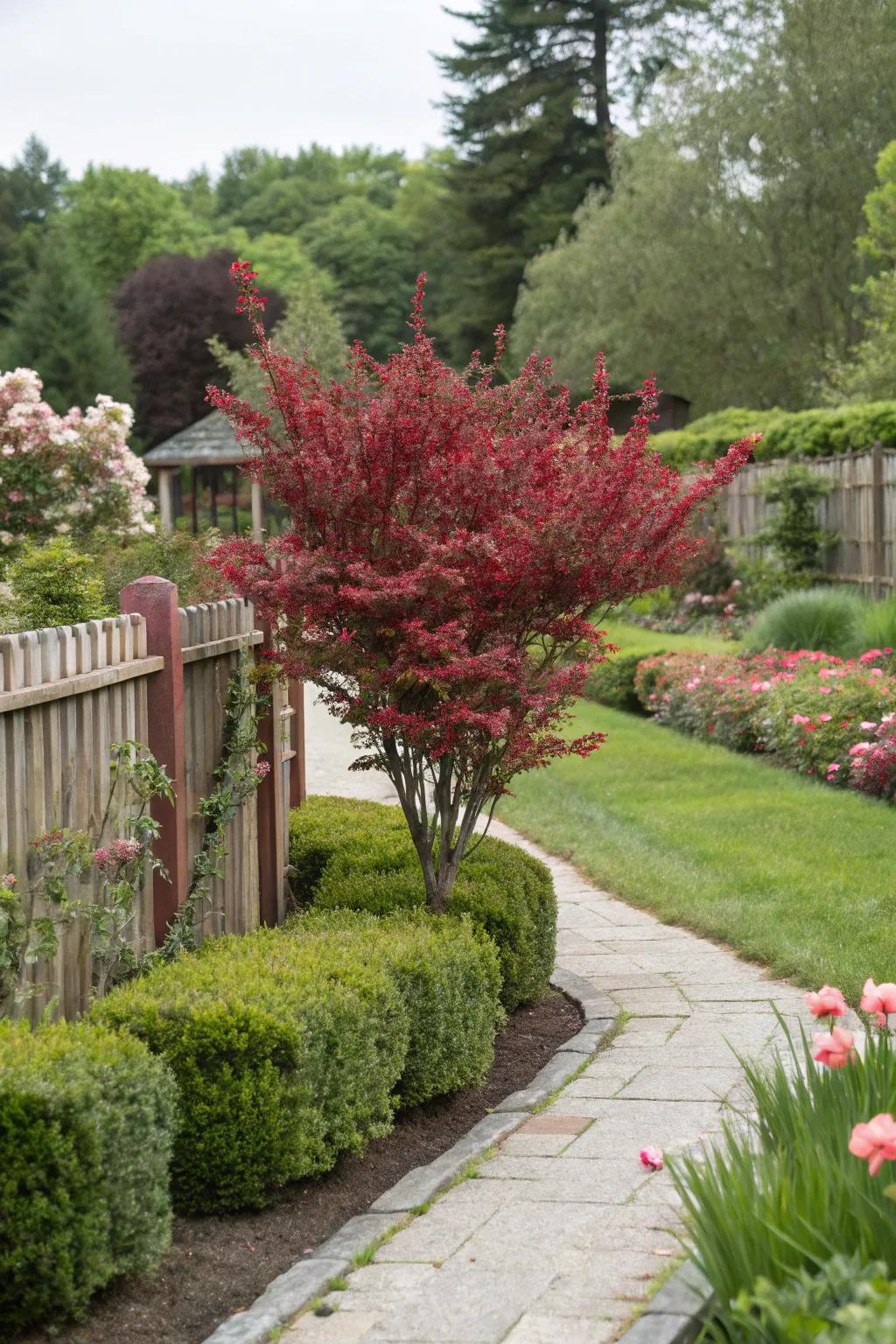
Use a single barberry bush as a focal point in your garden design. In my experience, a well-placed barberry can draw the eye and anchor the entire landscape.
A few choices to try:
- Decorative Garden Edging: Enhance your barberry focal point with stylish edging, adding definition and beauty to your garden.
- Solar Garden Lights: Illuminate your barberry bush at night with eco-friendly solar lights, creating a stunning nighttime feature.
- Garden Mulch: Use quality mulch around the barberry to retain moisture and suppress weeds, enhancing its growth.
5. Experiment with Textures
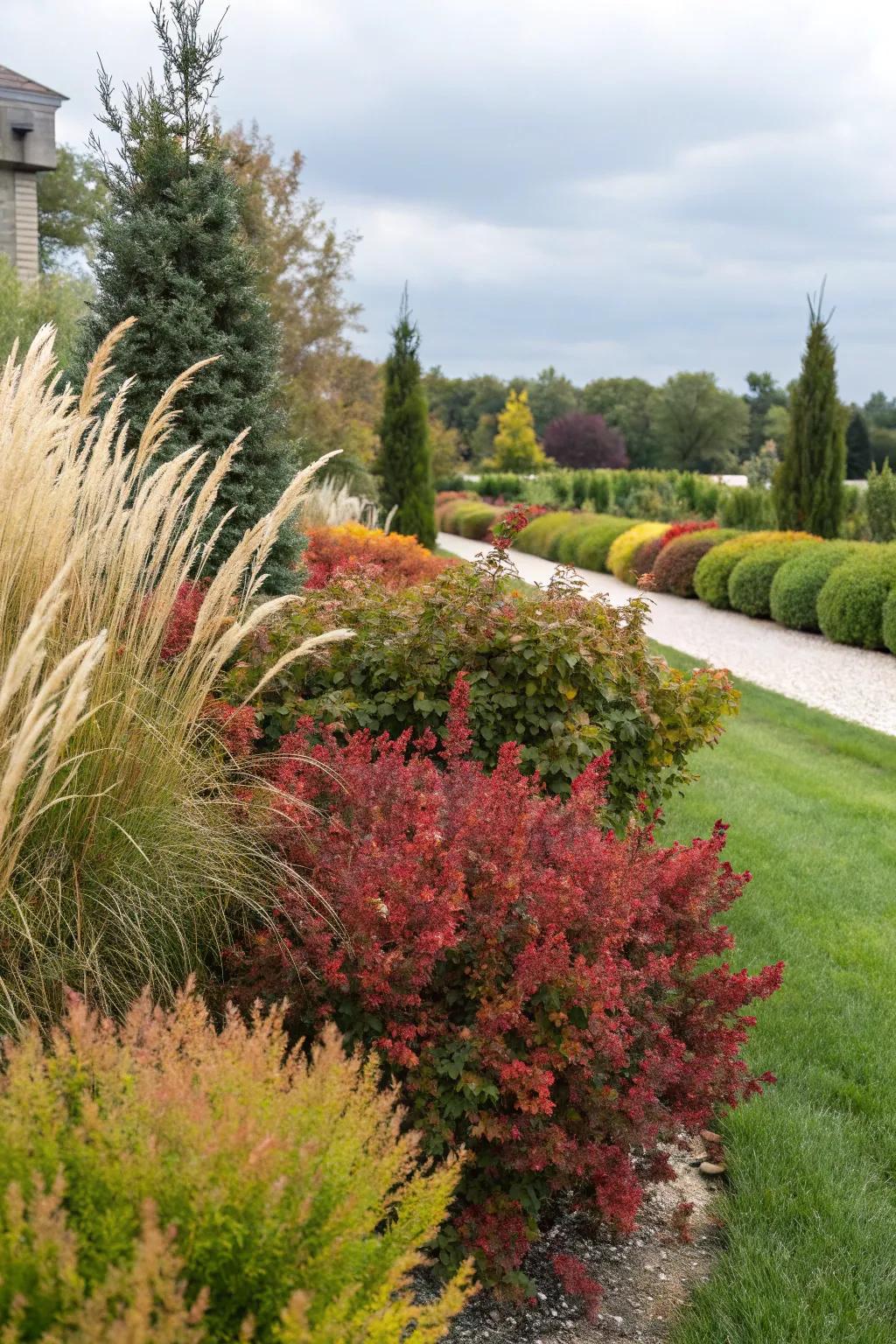
Mix barberry with ornamental grasses for a textural play that adds movement to your garden. This pairing in my garden creates a dynamic landscape that catches the eye.
Check if these fit your needs:
- Ornamental Grass Seeds: Enhance your garden with ornamental grasses for dynamic texture and graceful movement.
- Barberry Bush Plants: Add vibrant color and structure with hardy barberry bushes in your landscape design.
- Organic Mulch for Gardens: Improve soil health and moisture retention with organic mulch for a thriving garden.
6. Mix with Evergreens
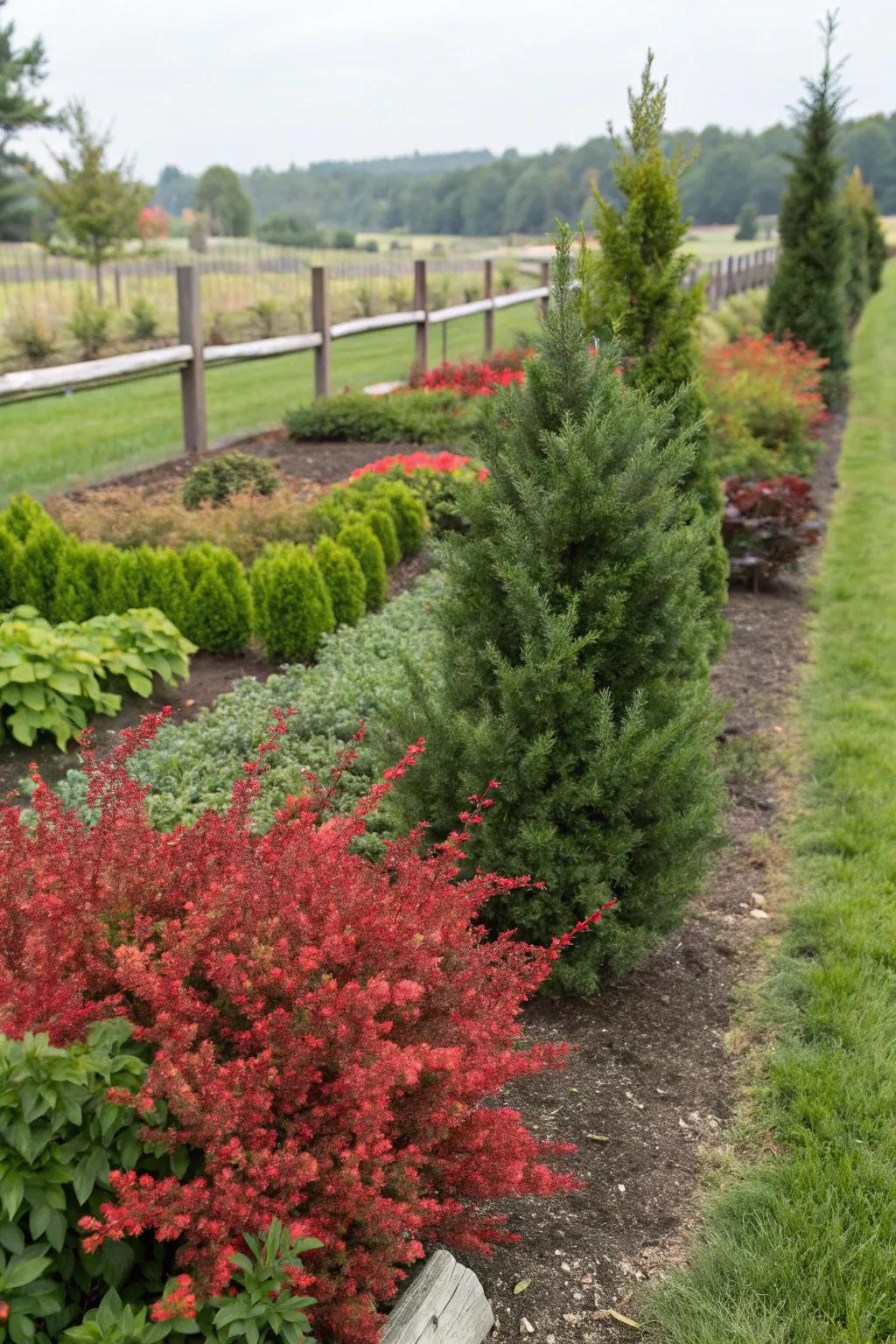
Pair barberry with evergreens for a balanced and structured garden look. This combination in my garden always impresses with its year-round greenery and color.
These products might be useful:
- Dwarf Evergreen Shrubs: Enhance garden beauty with dwarf evergreen shrubs, providing year-round color and structure.
- Barberry Bush Seeds: Plant vibrant barberry bushes for stunning contrast and lasting visual appeal in your garden.
- Garden Mulch for Landscaping: Use premium mulch to enrich soil, retain moisture, and complete your landscaped garden’s look.
7. Surprise with Coralberry
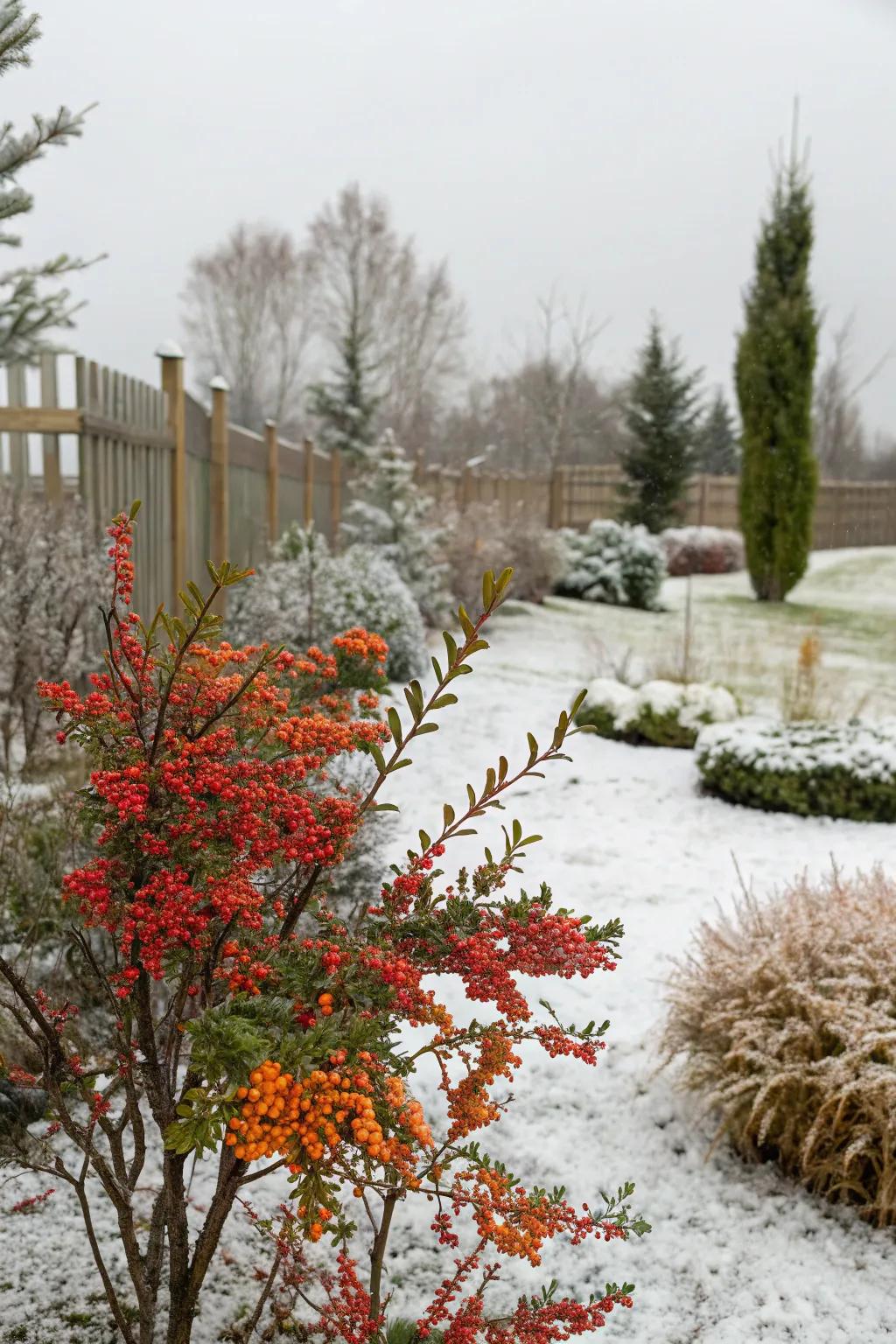
Combine barberry with coralberry for a unique winter display of colorful fruits. This duo in my garden is a delightful surprise during the colder months.
You might give these a try:
- Coralberry Plant Seeds: Grow vibrant coralberry plants to enhance your garden’s winter appeal with colorful fruits.
- Barberry Bush Fertilizer: Nurture your barberry bush with the right nutrients for stunning growth and vibrant color.
- Winter Garden Protective Cover: Protect your delicate garden plants from harsh winter elements with durable coverings.
8. Explore Unusual Shapes
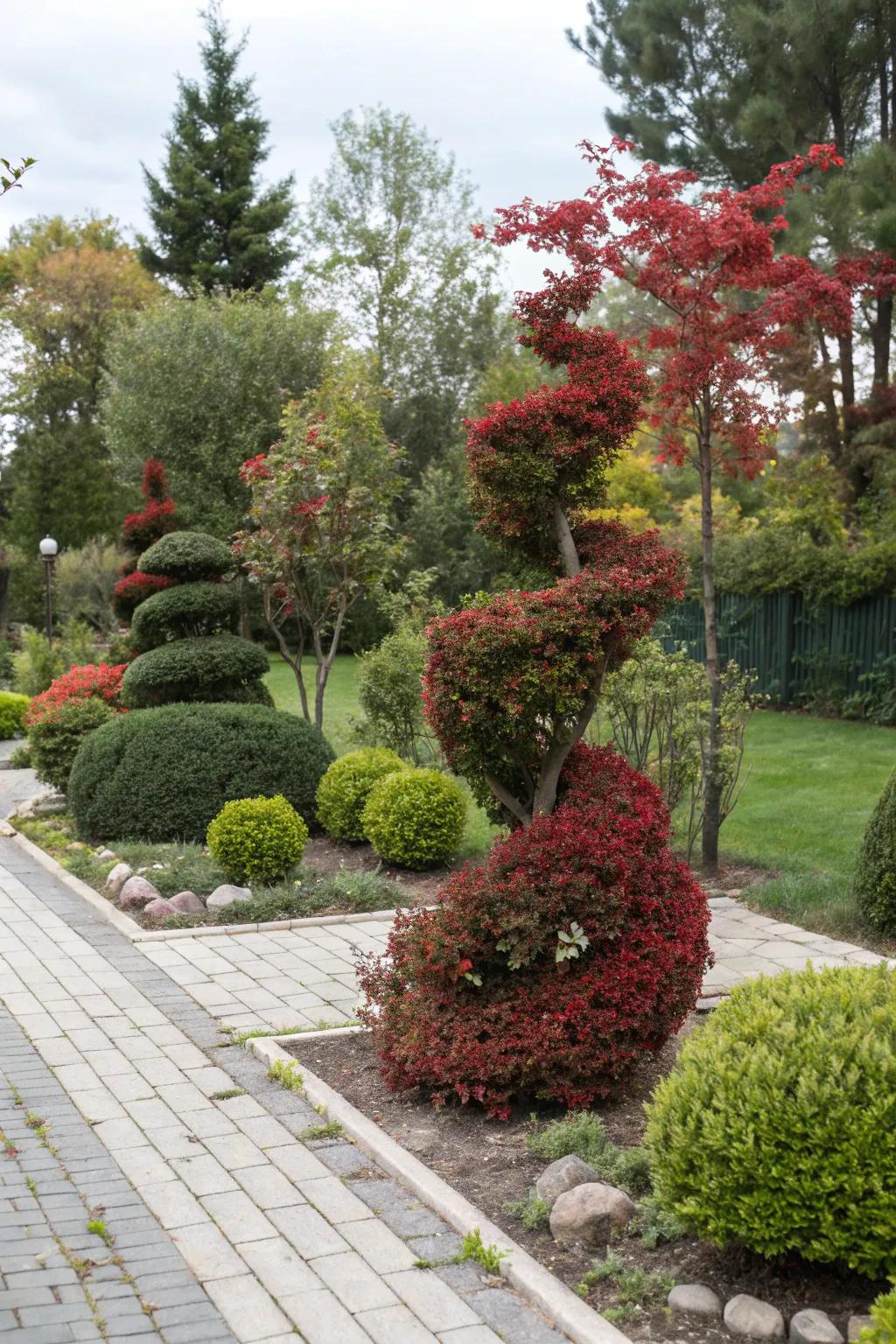
Prune barberry into unique shapes for an artistic touch in your garden. I love how this adds a whimsical element to my outdoor spaces.
Check these products out:
- Topiary Shears: Craft intricate shapes with ease. A must-have tool for artistic garden enthusiasts!
- Topiary Frames: Guide your shrubs into whimsical forms with reusable topiary frames. Transform your landscape today!
- Pruning Gloves: Protect your hands while creating stunning topiary shapes. Essential for comfortable garden work.
9. Highlight with Annuals
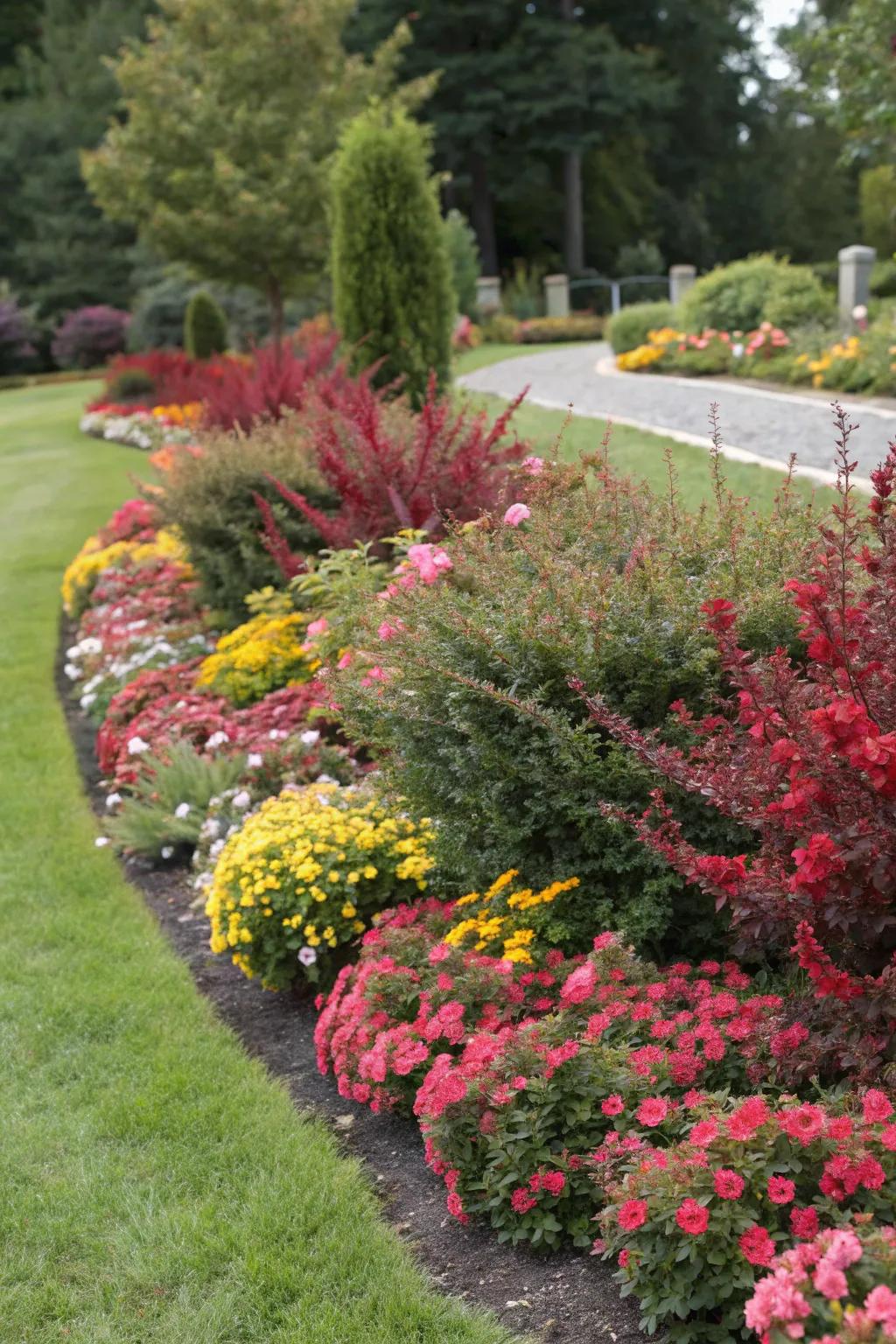
Pair barberry with annuals for a vibrant seasonal display. This approach in my garden allows for endless creativity and bursts of color throughout the year.
A few suggestions:
- Colorful Annual Flower Seeds Pack: Add vibrant colors to your garden with easy-to-grow annual flower seeds. Create stunning displays!
- Organic Garden Fertilizer: Enhance the growth and vibrancy of your annuals with this eco-friendly garden fertilizer.
- Decorative Outdoor Plant Pots: Upgrade your garden aesthetics with stylish, durable pots designed for annual plant displays.
10. Foundation Plantings
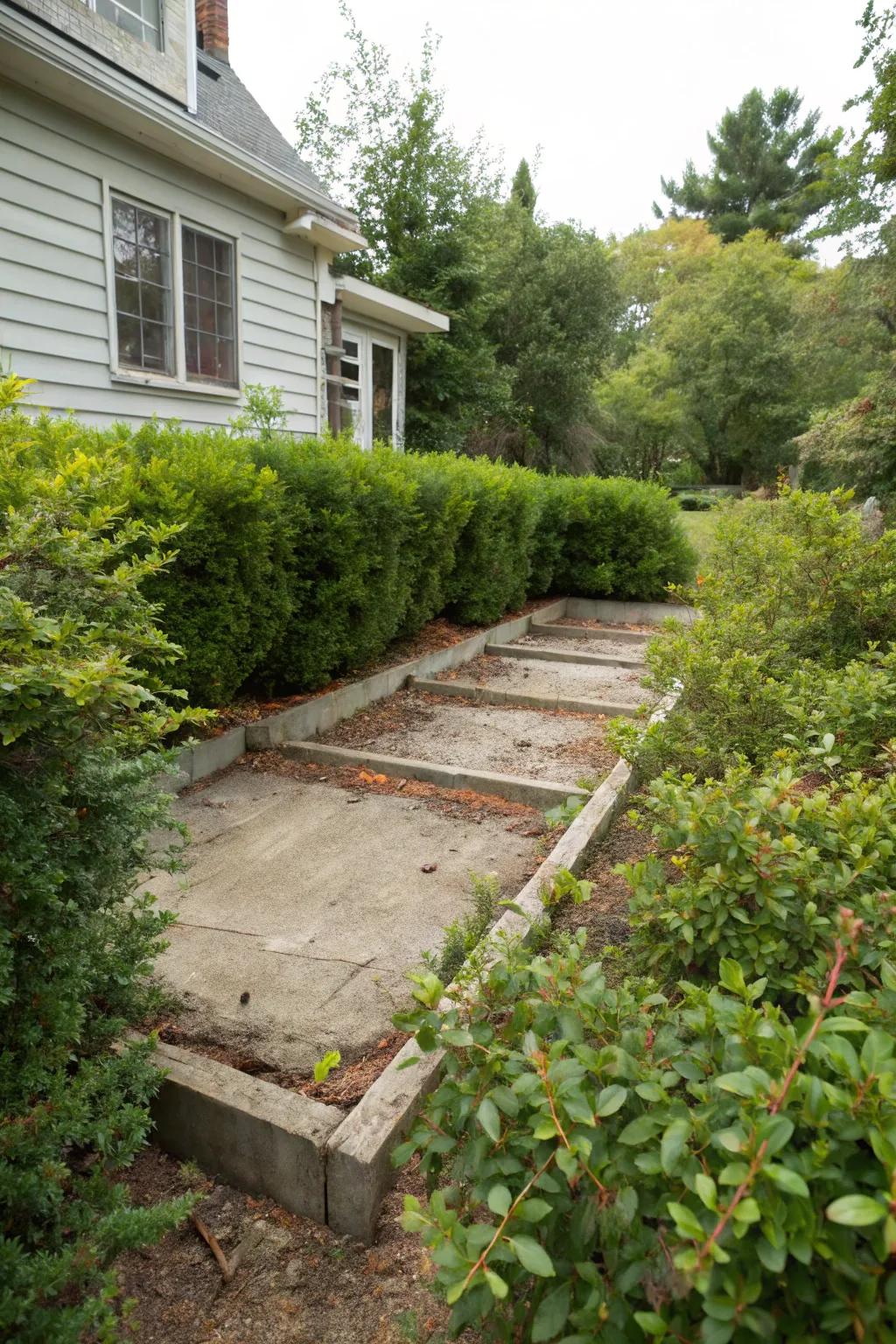
Plant barberry around your home’s foundation for an immediate boost in curb appeal. This simple addition transformed my front yard into a charming welcome space.
Explore these options:
- Adjustable Garden Hedge Trimmer: Keep your barberry bushes neat with an easy-to-use hedge trimmer for precise shaping.
- Weather-resistant Outdoor Planter: Enhance foundation plantings with stylish, durable planters to complement your landscape design.
- Mulch Roll for Weed Control: Optimize growth and reduce weeds under barberry bushes with practical, easy-application mulch rolls.
11. Transform Urban Spaces
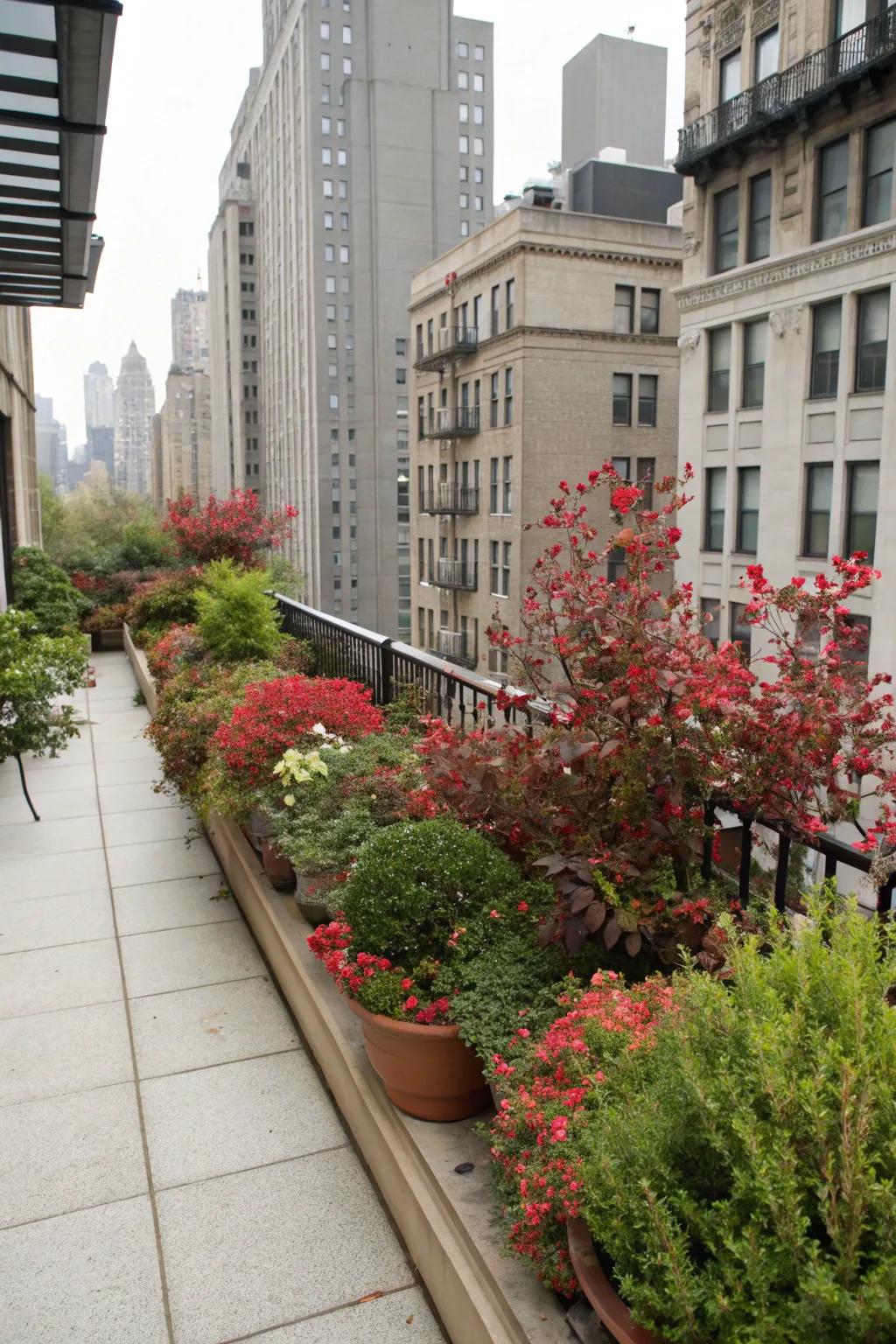
Add barberry to urban gardens for a splash of nature in city settings. Even in my urban clients’ spaces, barberry brings a refreshing touch of greenery and color.
Give these a look:
- Decorative Outdoor Planters: Enhance your urban garden with stylish planters for a chic and modern look.
- Barberry Bush Plants: Add vibrant color to your urban space with easy-to-care-for barberry bushes.
- Automatic Drip Irrigation Kit: Ensure your barberries thrive with minimal effort using this convenient irrigation system.
12. Play with Vertical Space
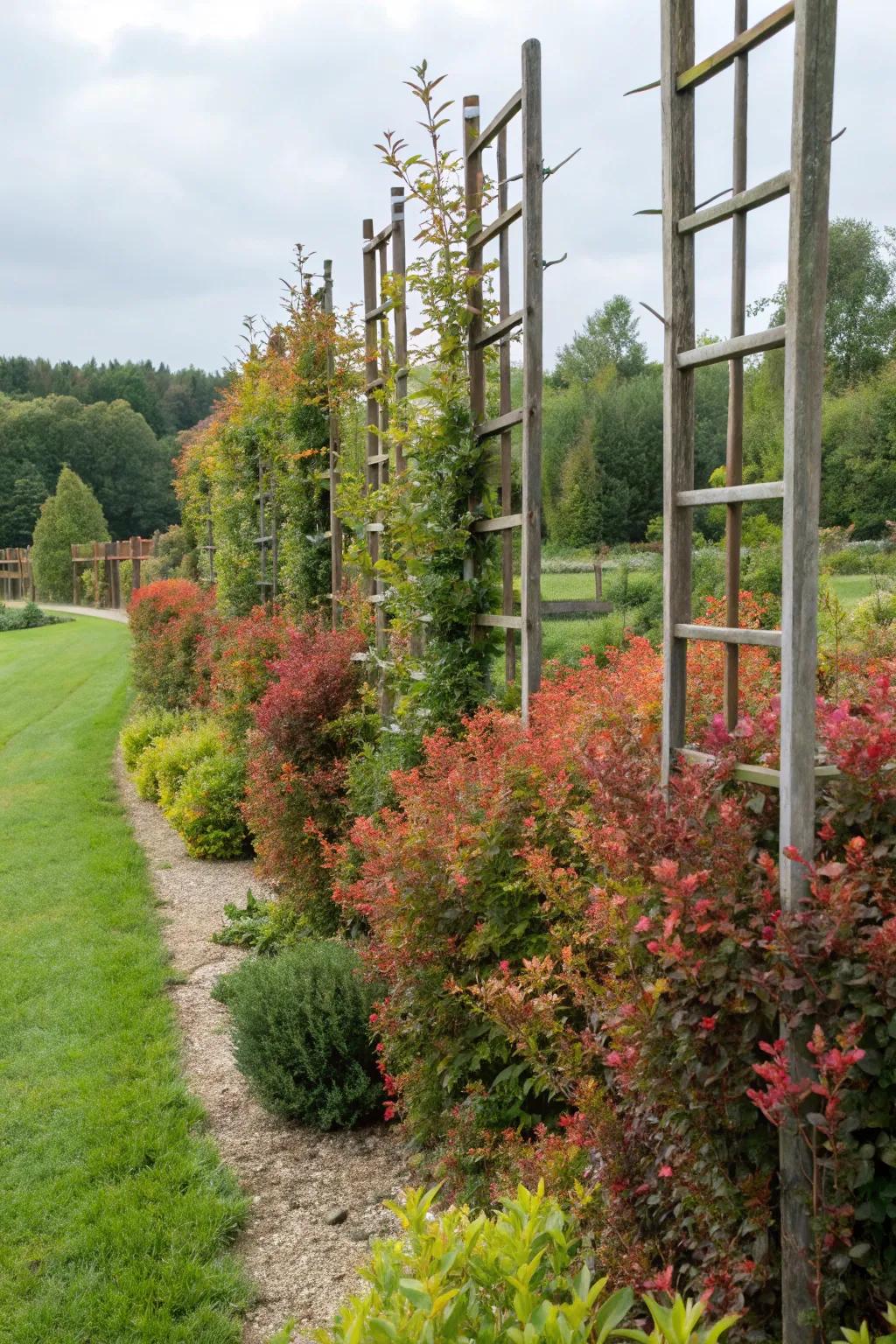
Incorporate vertical elements like trellises or pillars alongside barberry for added height. This has elevated the overall design of my garden, making it feel more spacious.
Try these:
- Garden Trellis: Add height to your garden by using a sturdy garden trellis for climbing plants.
- Metal Garden Pillars: Incorporate elegant metal pillars to support vertical growth and enhance garden design.
- Outdoor Plant Climbing Support: Support your barberry with a durable climbing structure to optimize vertical gardening space.
13. Mix with Conifers
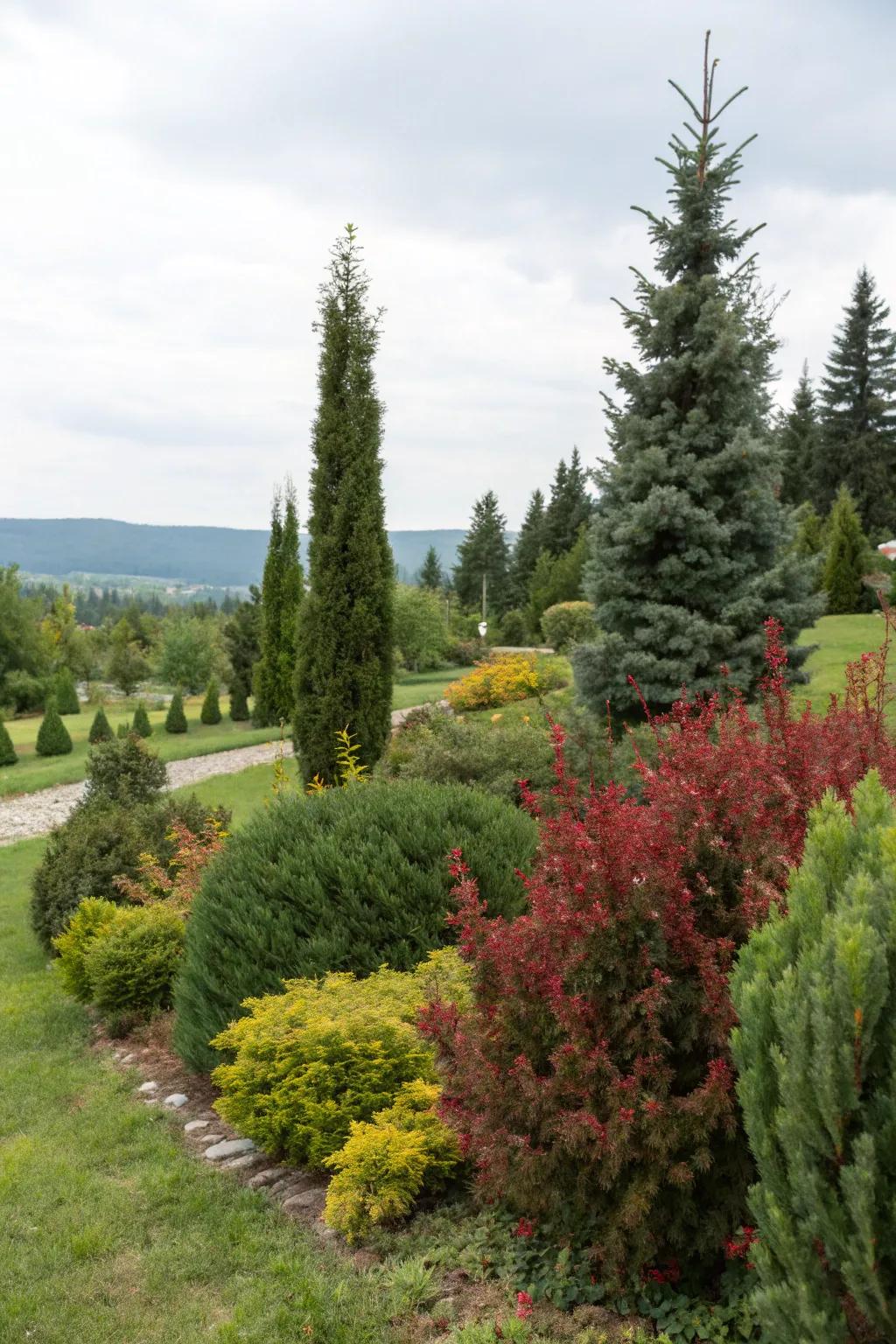
Blend barberry with conifers for a striking contrast of colors and textures. This mix in my garden creates a visually interesting landscape that stands out year-round.
May just do the trick:
- Organic Evergreen Fertilizer: Boost your conifer growth for vibrant foliage all year round with this specialized fertilizer.
- Garden Mulch for Weed Control: Keep your garden weed-free and reduce water loss with this effective, natural mulch.
- Pruning Shears for Shrubs: Maintain your barberry and conifers perfectly trimmed and healthy with these durable pruning shears.
14. Privacy Screens
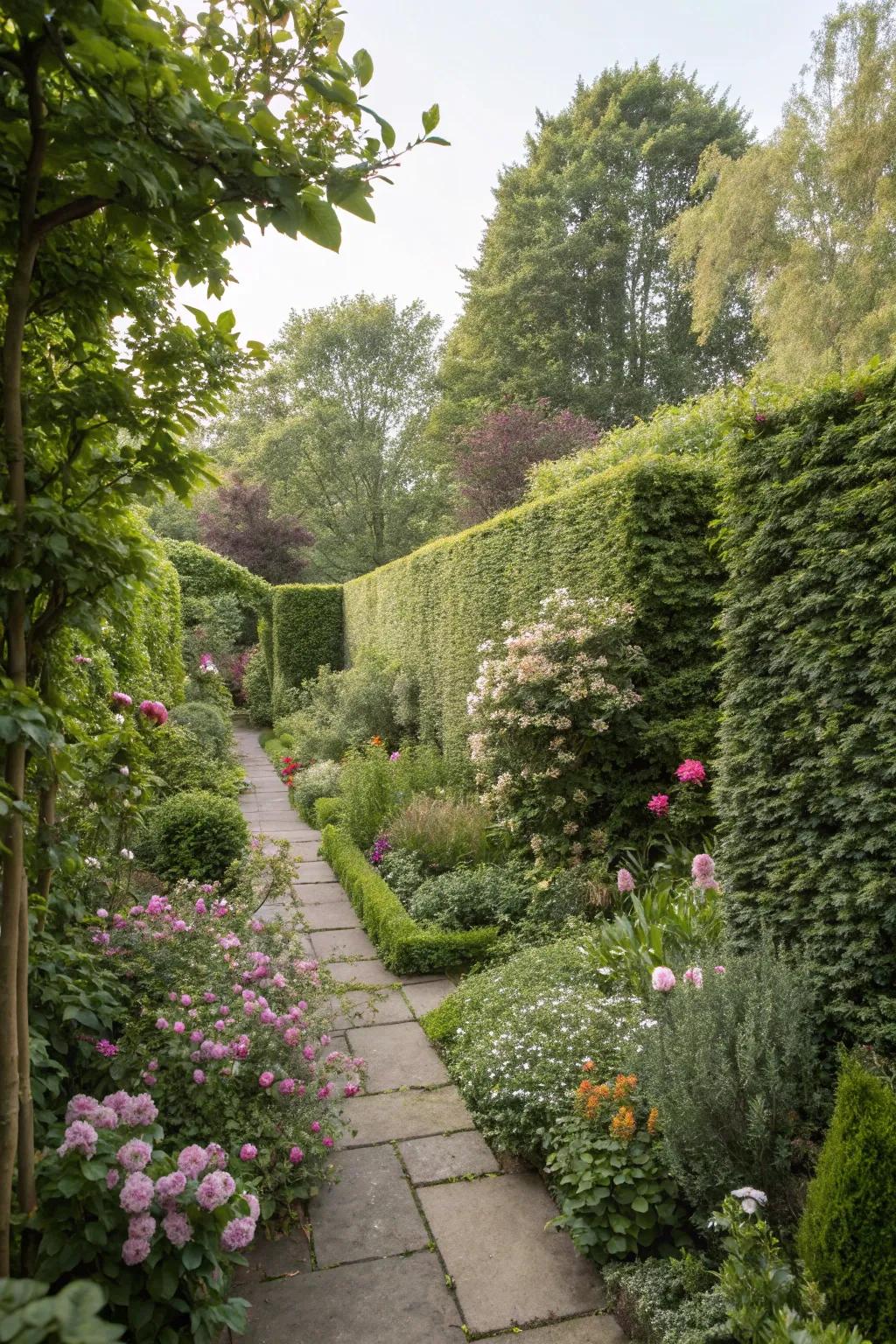
Create privacy screens with tall barberry bushes to enjoy a secluded garden retreat. In my backyard, these screens offer both beauty and a sense of peace.
Consider these options:
- Tall Barberry Bush Seeds: Cultivate stunning privacy screens with barberry seeds, ideal for a peaceful garden retreat.
- Decorative Garden Trellises: Enhance your garden’s privacy and beauty by adding elegant decorative trellises along barberry bushes.
- Garden Hedge Trimmer: Maintain your barberry privacy screens easily with an efficient garden hedge trimmer.
15. Combine with Roses
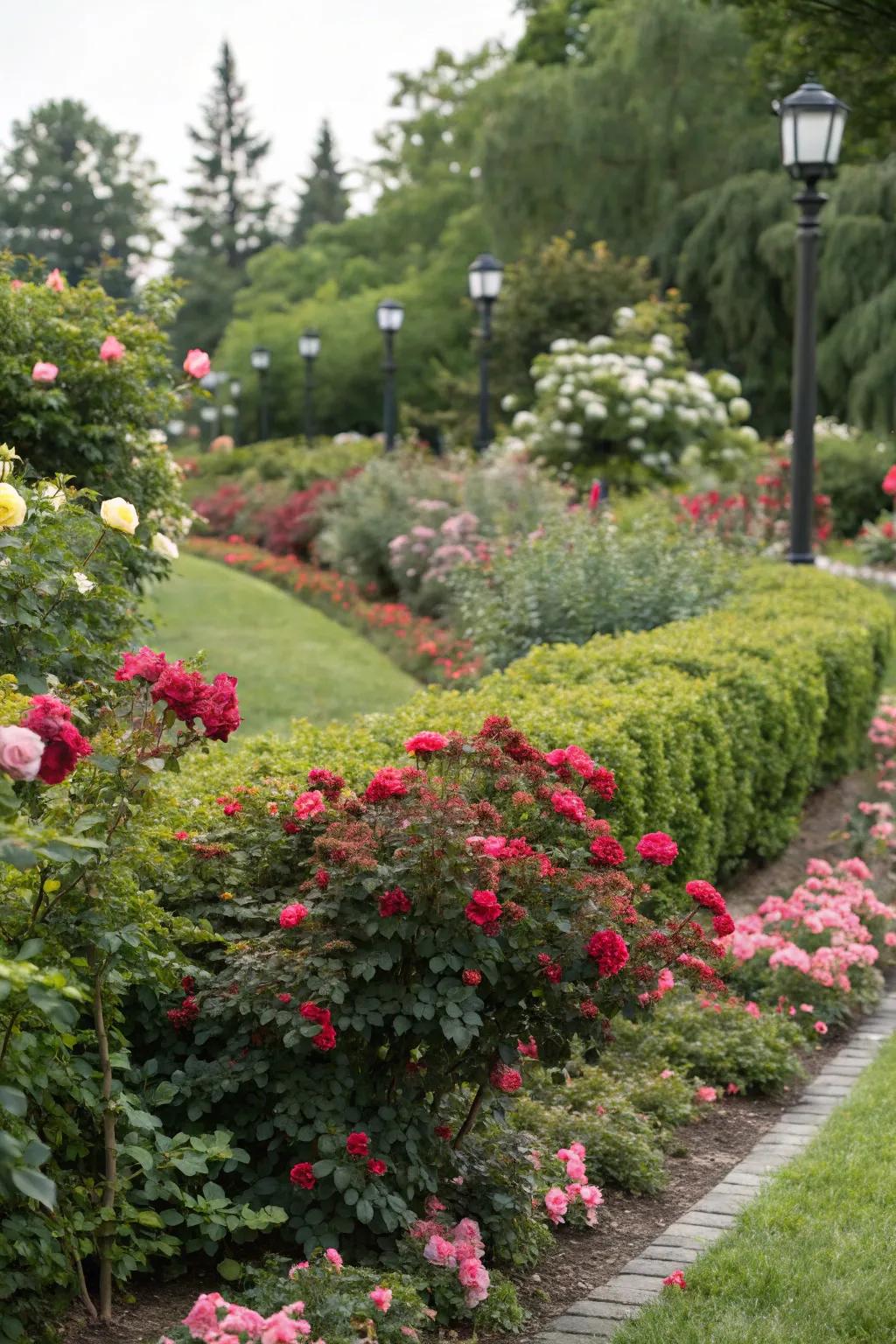
Pair barberry with roses for a classic and romantic garden vibe. This timeless combination in my garden is always a crowd-pleaser.
Products that could assist:
- Organic Rose Fertilizer: Boost your roses with enriched nutrients for vibrant blooms and healthy growth.
- Pruning Shears for Gardening: Easily maintain your garden’s beauty with these durable, ergonomic pruning shears.
- Mulch for Rose Beds: Protect your roses with high-quality mulch to retain moisture and suppress weeds.
16. Create a Vibrant Color Palette
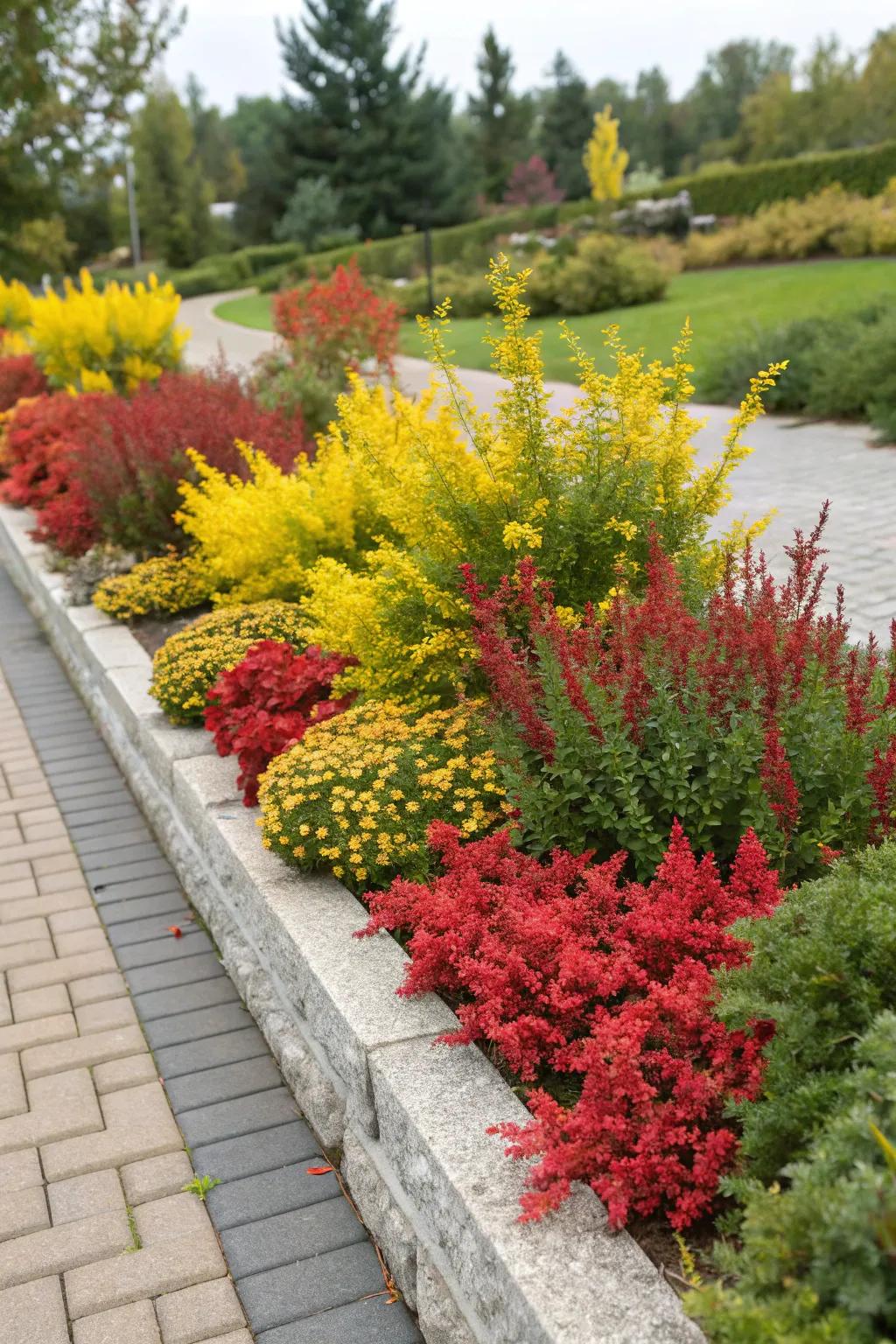
Mix red, yellow, and green barberry bushes with flowering plants to create a lively color palette. In my own garden, this combination has become a feast for the eyes, drawing compliments from everyone who visits.
You might like:
- Premium Barberry Bush Seeds: Grow vibrant red, yellow, and green barberry bushes to elevate your garden’s visual appeal.
- Colorful Flowering Plant Collection: Add lively color with this mix of bright flowering plants, perfect for any garden display.
- Organic Fertilizer for Shrubs: Boost the growth of your barberry shrubs with this top-rated organic fertilizer, ideal for vibrant color.
17. Integrate into Rock Gardens

Combine barberry bushes with rocks for a rustic look that feels both natural and structured. My rock garden has never looked more cohesive with this addition.
Maybe worth checking out:
- Natural River Rock Stones: Enhance your garden’s charm with natural river stones, adding texture and depth effortlessly.
- Decorative Garden Pea Gravel: Transform your rock garden with pea gravel, offering a cohesive and polished appearance.
- Landscape Fabric for Weed Control: Keep your rock garden pristine with landscape fabric, effectively preventing weed growth.
18. Border Your Pathways
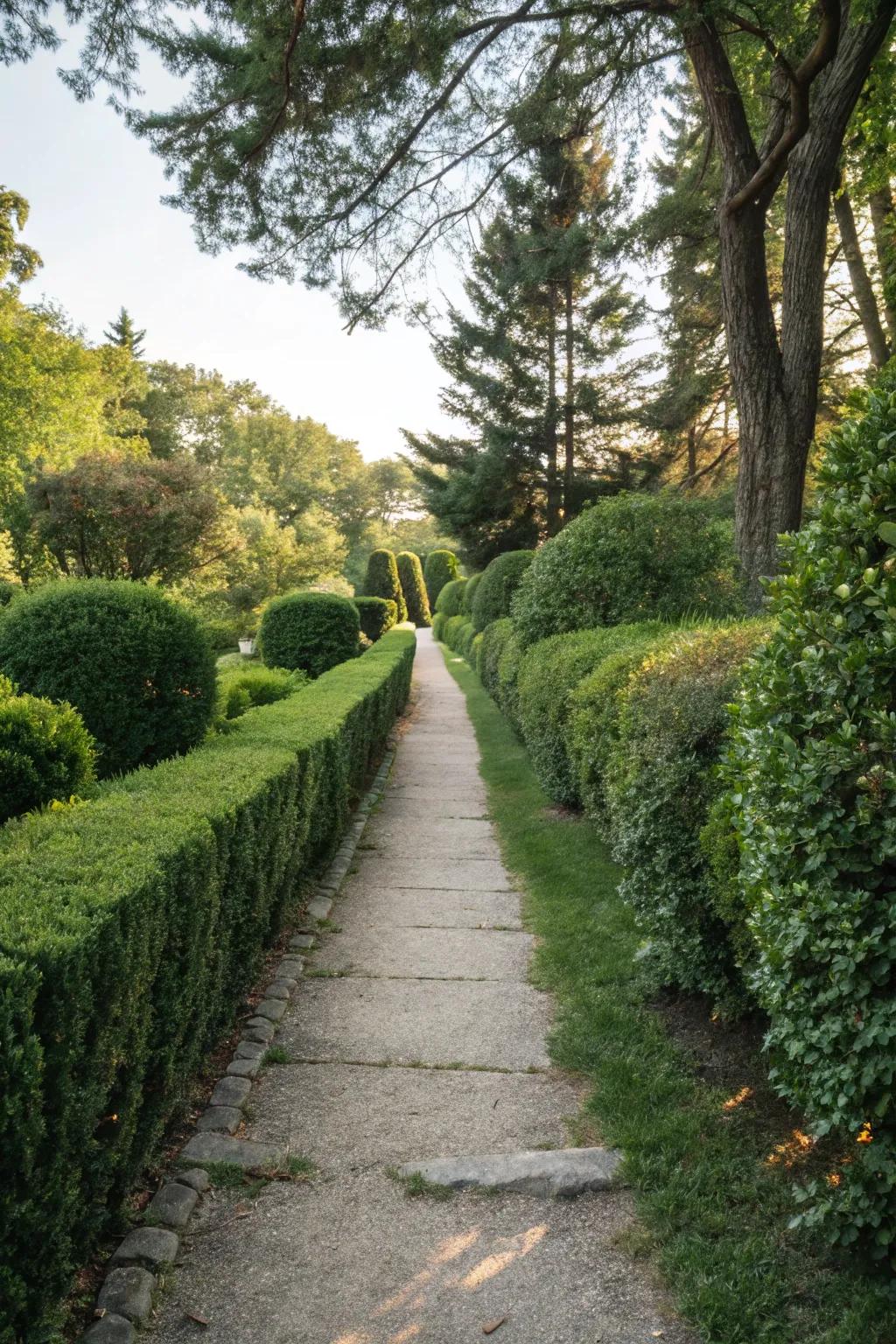
Line your garden paths with barberry bushes to create a natural border. I’ve found this not only defines the space beautifully but also adds a touch of elegance to the walkways.
A few helpful options:
- Barberry Bush Seeds: Cultivate a beautiful path border with hardy barberry seeds. Enhance elegance and privacy effortlessly.
- Garden Edging Tools: Easily shape your garden path borders with durable edging tools. Achieve a clean, defined look.
- Decorative Mulch: Enhance your garden paths with decorative mulch. Complement plants and suppress weeds naturally.
19. Layer with Perennials
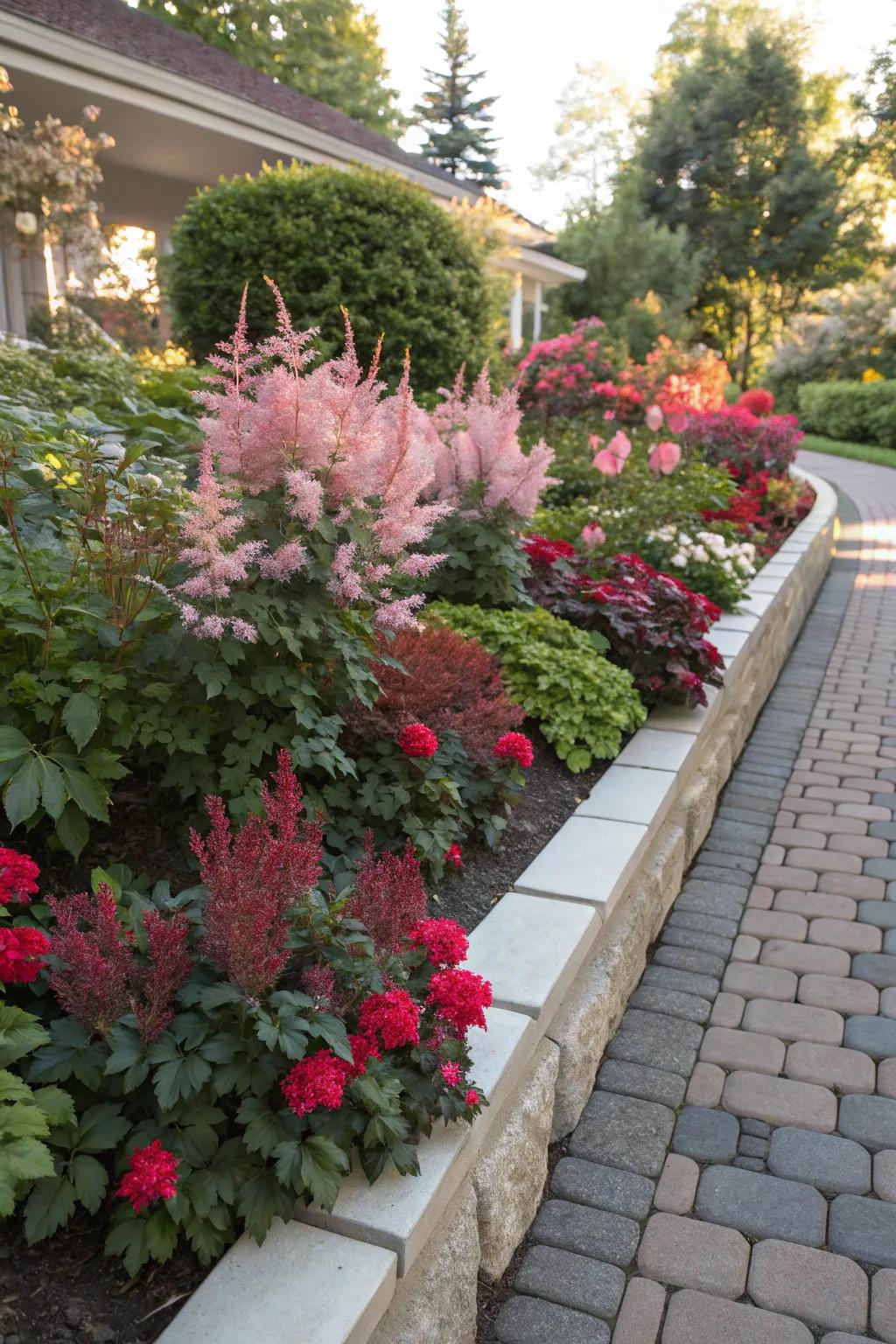
Use layered planting techniques by combining barberry with perennials like geraniums and astilbe. This approach in my garden adds depth and a delightful play of textures.
A few relevant products:
- Astilbe Perennial Plants: Enhance your garden’s texture with astilbe’s feathery blooms. Ideal for shaded spots.
- Geranium Perennial Plants: Add vibrant color and depth to your garden with these easy-to-grow geraniums.
- Garden Soil Mix: Optimize plant growth with nutrient-rich soil, perfect for a thriving perennial garden.
